A brief note on Myanmar’s past and some images of Yangon, its largest city.
The money is dirty, slick as oil, and looks as though it could crumble at the slightest manipulation. At first glance, Yangon, the former capital of Myanmar, feels very much the same. Ramshackle houses, seemingly on the verge of collapse, dot streets slippery with debris. Gaping holes in warped sidewalks make walking without eyes cast downward a health hazard. And while the air is heavy with the heady scent of fruit, the smell of something fetid lingers under the surface.
***
The declaration that I would be travelling to Myanmar last February elicited more than a few blank stares and “You’re going to Myan-where?”s from friends and family back home. So before we begin this conversation, I offer you a chance to brush up on your geography:
However, don’t feel bad if you know nothing about the place: that Myanmar is not a destination on most travellers’ radar isn’t particularly surprising. Despite being a large territory flanked by well-known countries like Thailand, China, and India, Myanmar’s oppressive military rule from 1962 to 2011 made it virtually isolated from the rest of the world, and its shocking human rights violations under the military junta caused the country to be subject to many economic sanctions.
However, the dissolution of the junta, installation of a civilian government, and subsequent institution of democratic reforms in 2011 have smoothed foreign relations and effectively re-introduced Myanmar to the world stage. No longer a leprous pariah, Myanmar is essentially “open for business” after years of isolation, an idea reinforced most notably by diplomatic visits to the country by the likes of political heavyweights such as Hilary Clinton and Barack Obama.
This favourable turn has also increased tourism to the country, which is where I come in. Fascinated by the history and curious about the culture, I spent a week in Myanmar last February, boarding the plane to Yangon a mere 36 hours after getting home from my five-day trip to Tokyo.
Given where I had just come from, Yangon was a shock to the system: long gone were the life-sized robots, sleek late model cars, and futuristic fashion I encountered in Tokyo. Instead, I suddenly found myself in a place commonly referred to as ‘the land that time forgot’. On more than one occasion I caught myself feeling like I had been transported back a few decades — it just doesn’t feel like 2014 here.
Yangon used to be known as Rangoon, and depending on who you talk to, the names are used interchangeably (not unlike the nation of Myanmar, which is still commonly referred to by its former name of Burma in certain circles). This sprawling city, the largest in the country, is an economic hub — a fact made fully apparent by the amount of pedestrian and vehicular traffic on the streets. These wage a not unpleasant assault on the eyes and ears: the colourful stands manned by smiling vendors, along with the horns sounded by the anxious drivers of the cars, buses, and motos that pack the thoroughfares, are more endearing than annoying.
Apart from visiting the impressive Shwedagon Pagoda (which I’ll write more about in a future post, stay tuned for that!), there isn’t a huge amount of touristy things to do in Yangon, so me and my two travel companions spent an inordinate amount of time walking around and trying to absorb the city’s unique atmosphere. Downtown Yangon is home to the decidedly less blinged-out Sule Pagoda, which is still worth a walk-through if you have the time.
We also availed ourselves of the city’s Circle Train, which makes a slow three-hour loop of Yangon’s environs. It’s a nice way to see the countryside whilst giving your feet a break from pounding the pavement.
And of course, market-hopping is indeed a must. We checked out the Bogyoke Aung San Market during our first day and explored the Anawrahta Road Night Market on our last evening. More adventurous types will enjoy the opportunity to try the variety of wild and wonderful fare on offer!
In total, we spent nearly three days in Yangon, which I felt was too long (in retrospect, I would have only spent a full day here and used the other days to explore Inle Lake or Mandalay, which I didn’t make it to on this trip). Still, the locals are friendly and the amount of excitement in the streets ensure you will never have a dull moment.
How much do you know about Myanmar? Would you travel there?


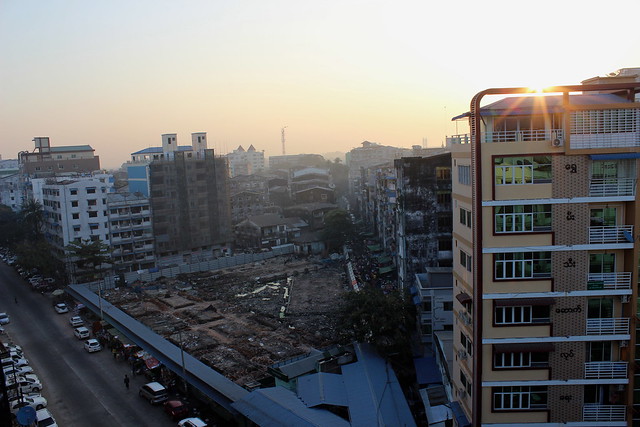
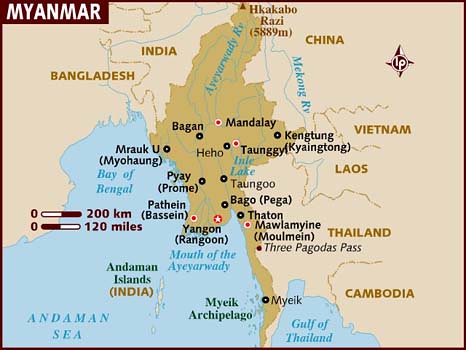

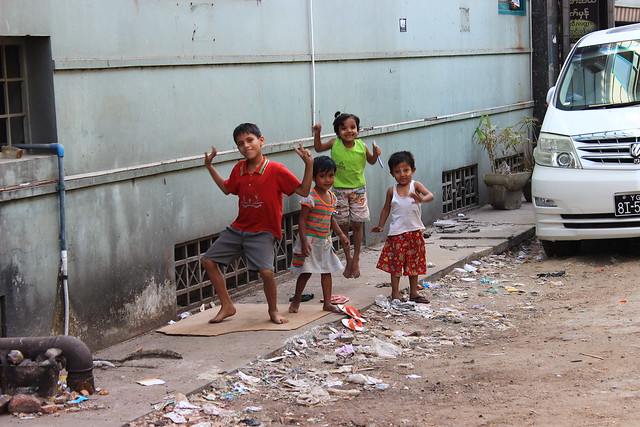
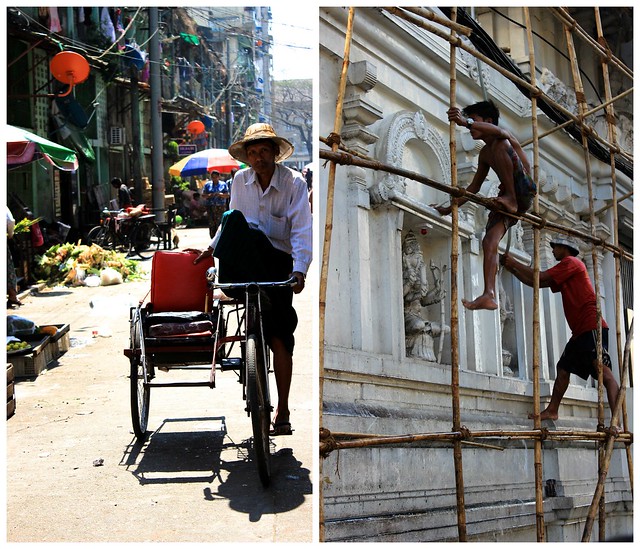

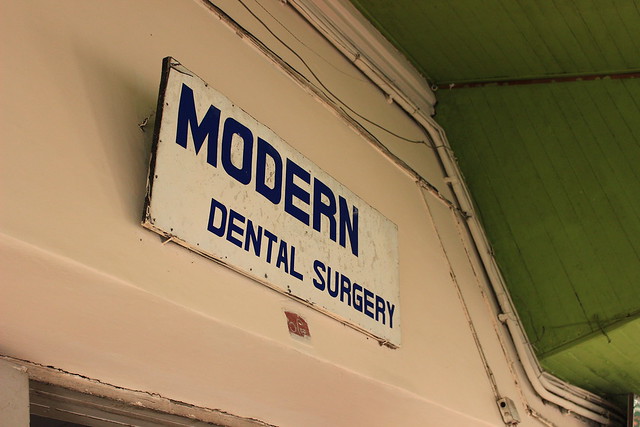
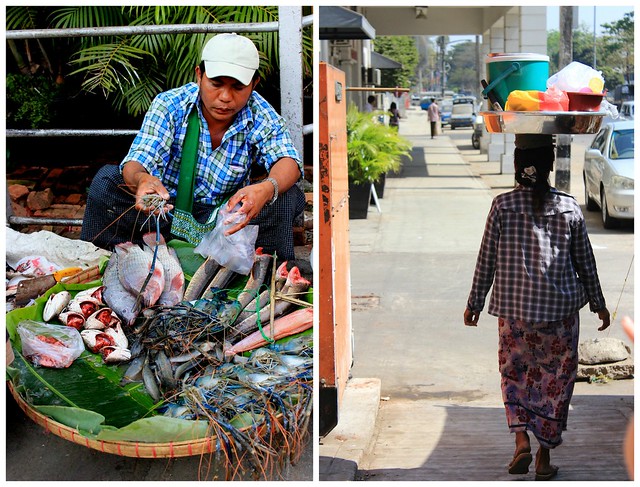
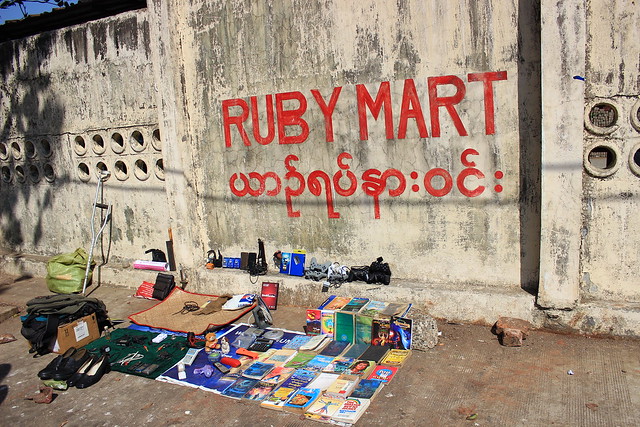
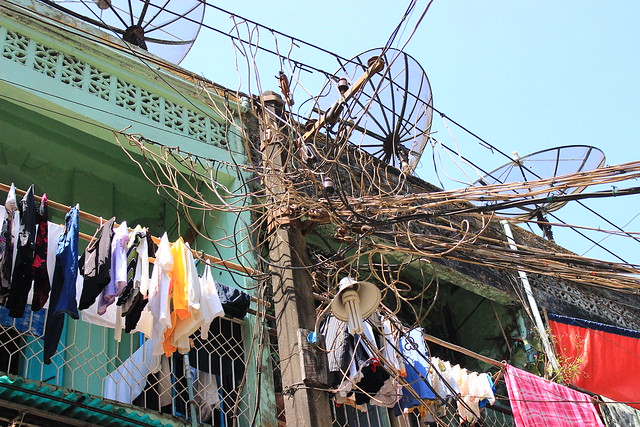
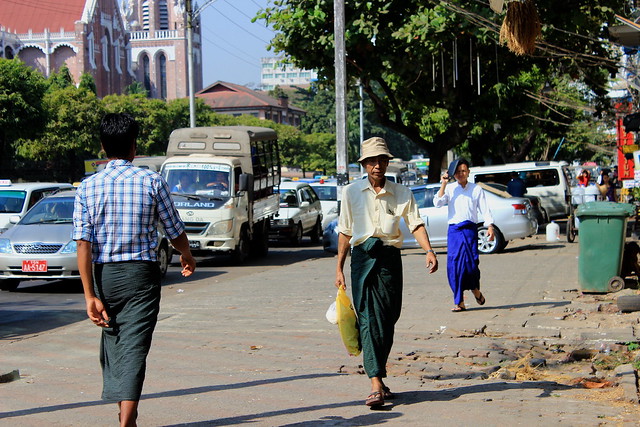


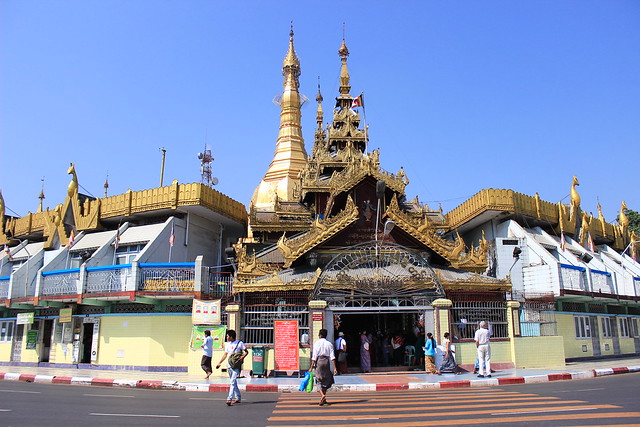
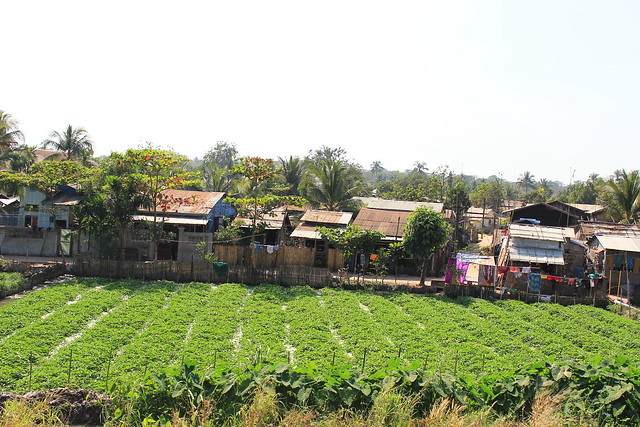

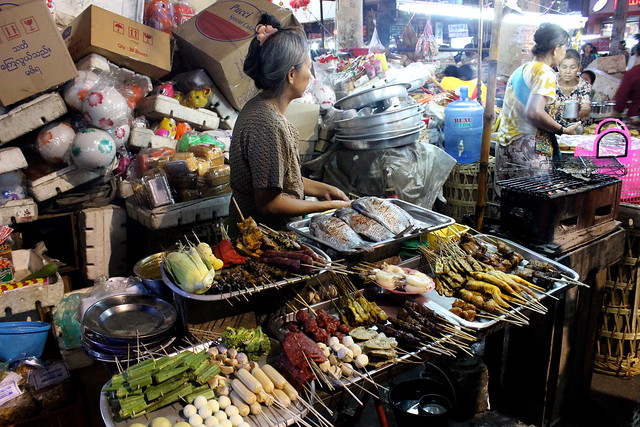
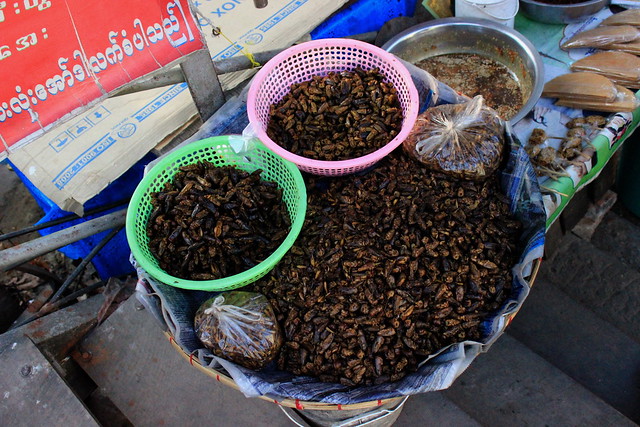
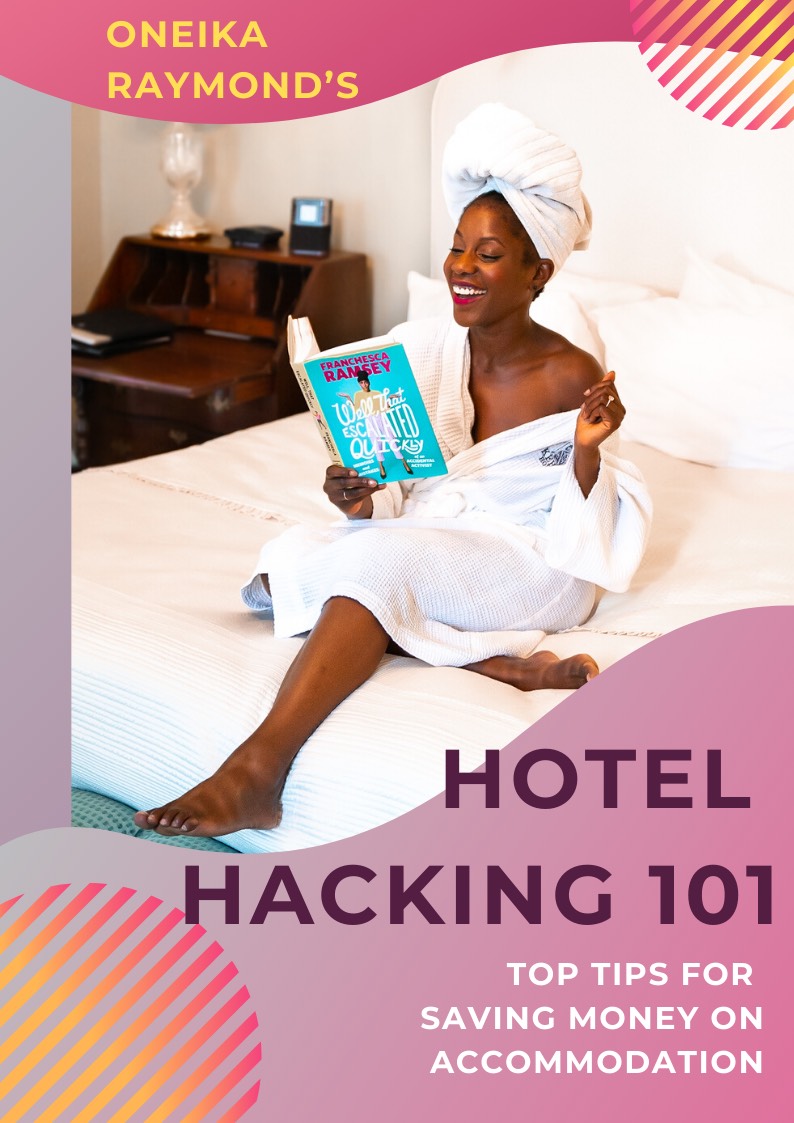






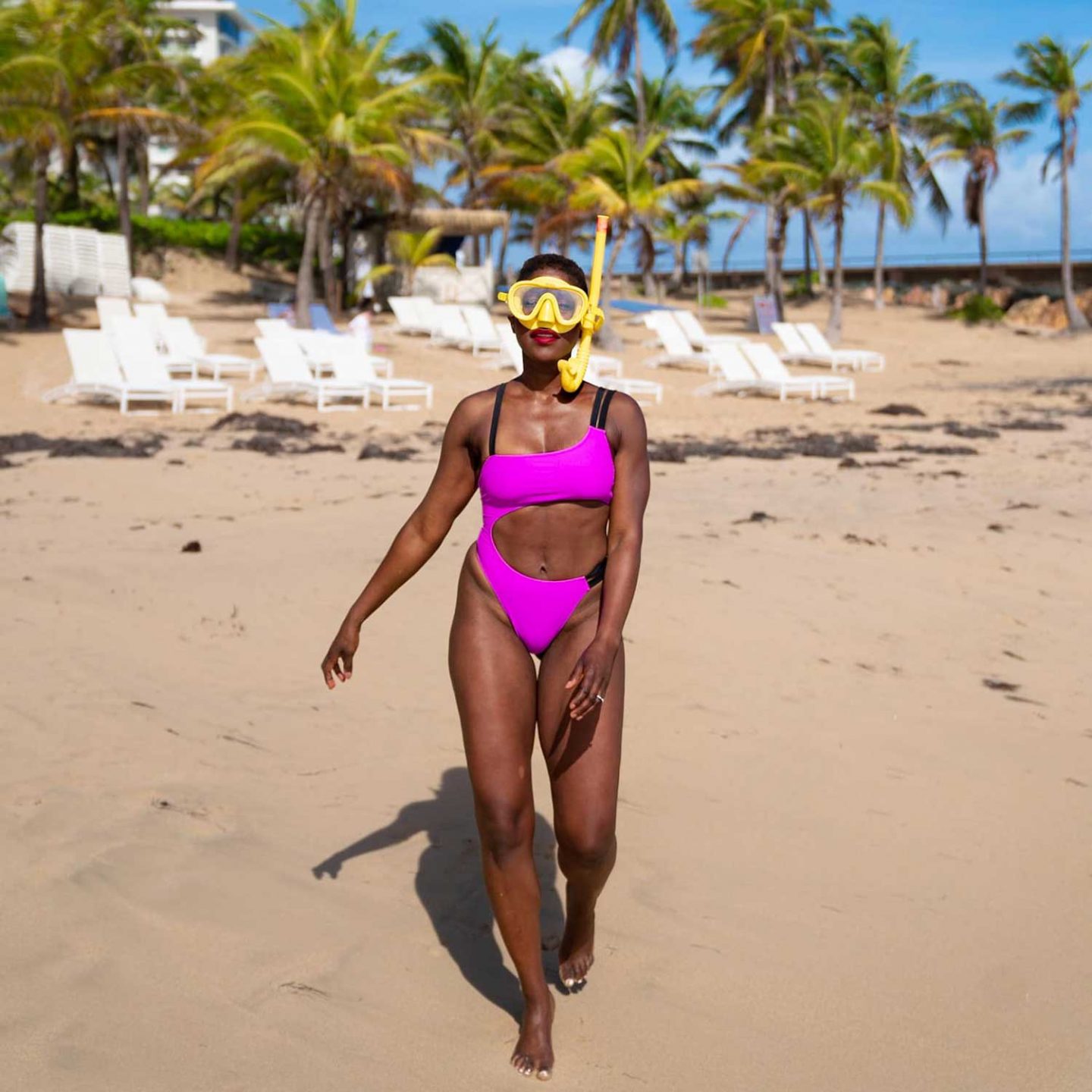
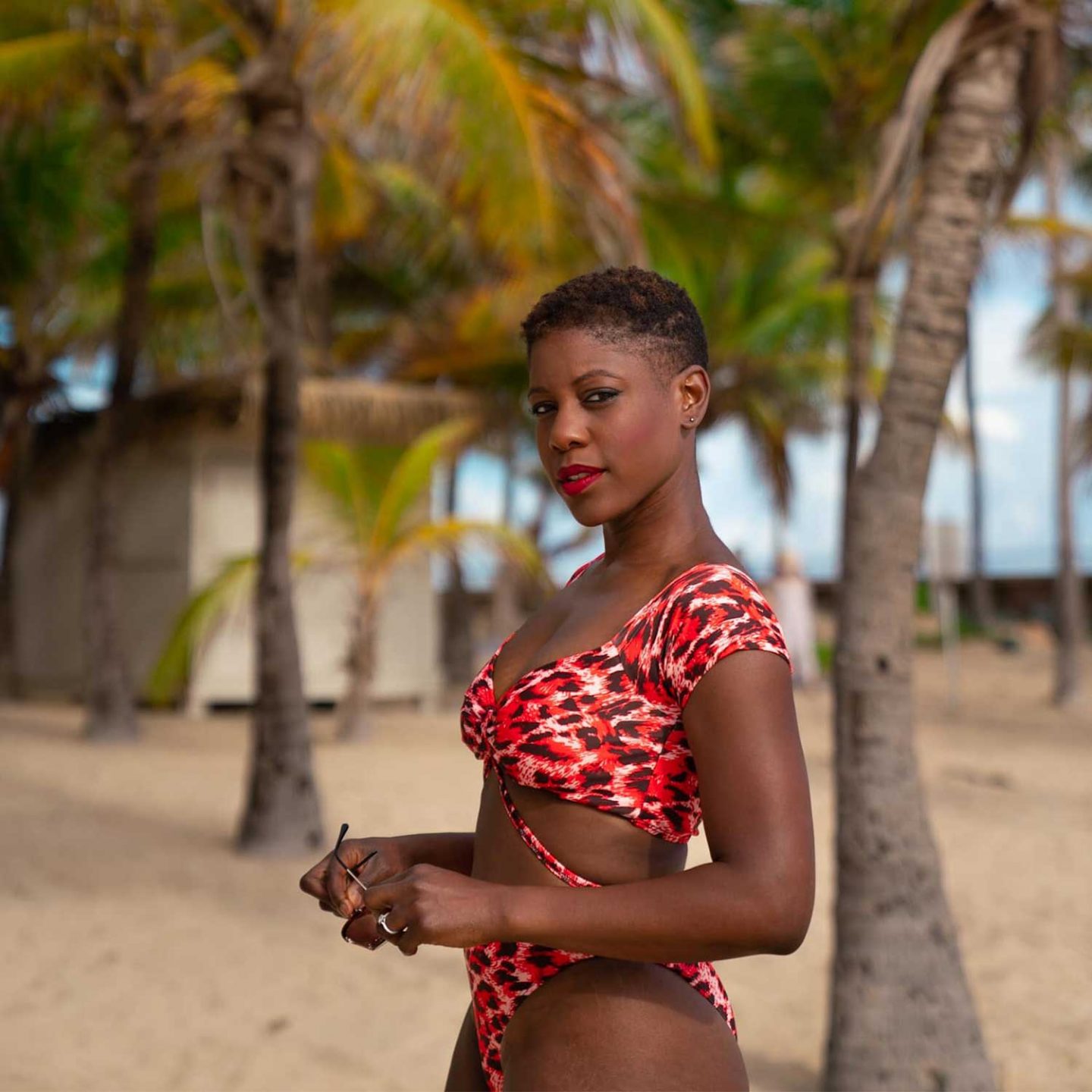
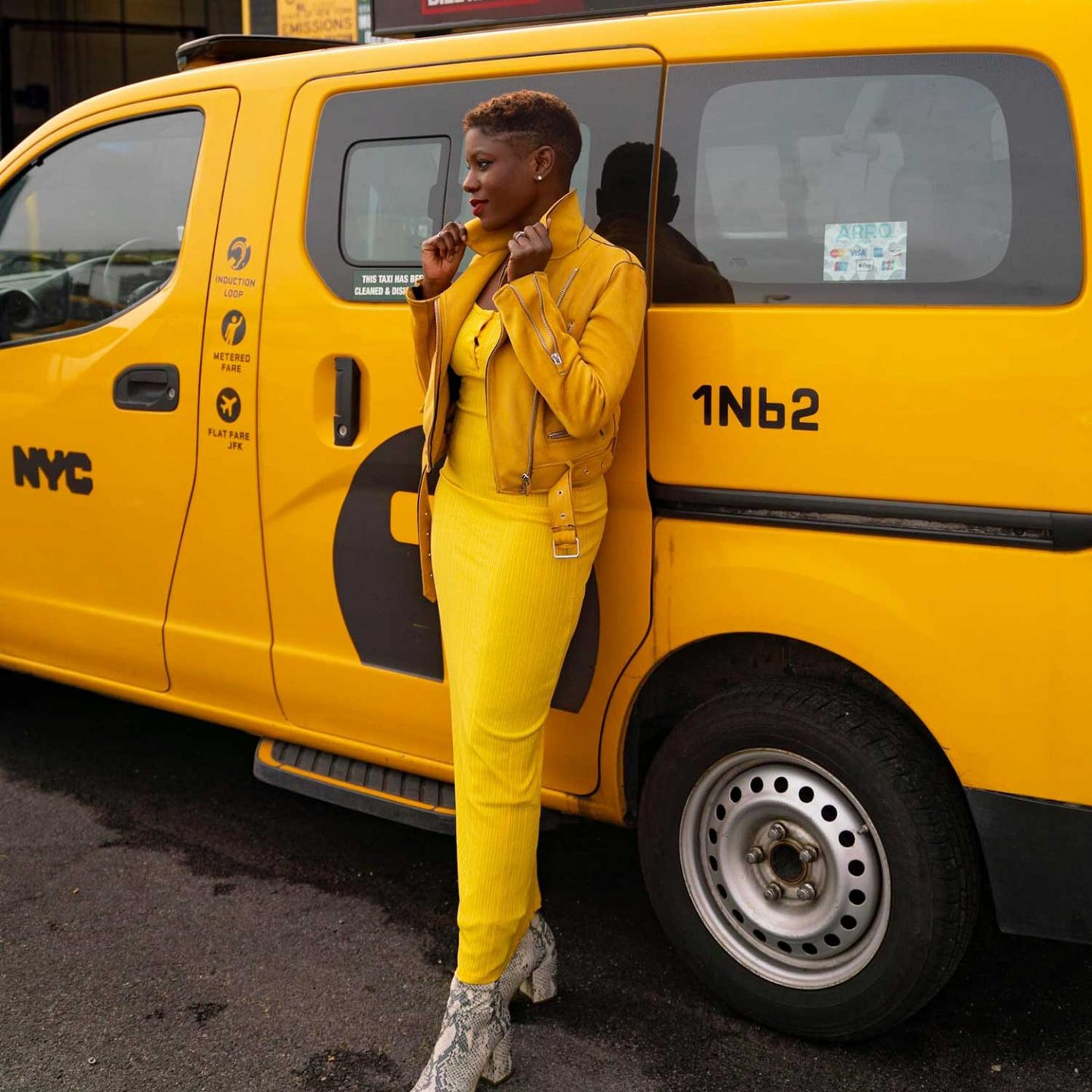

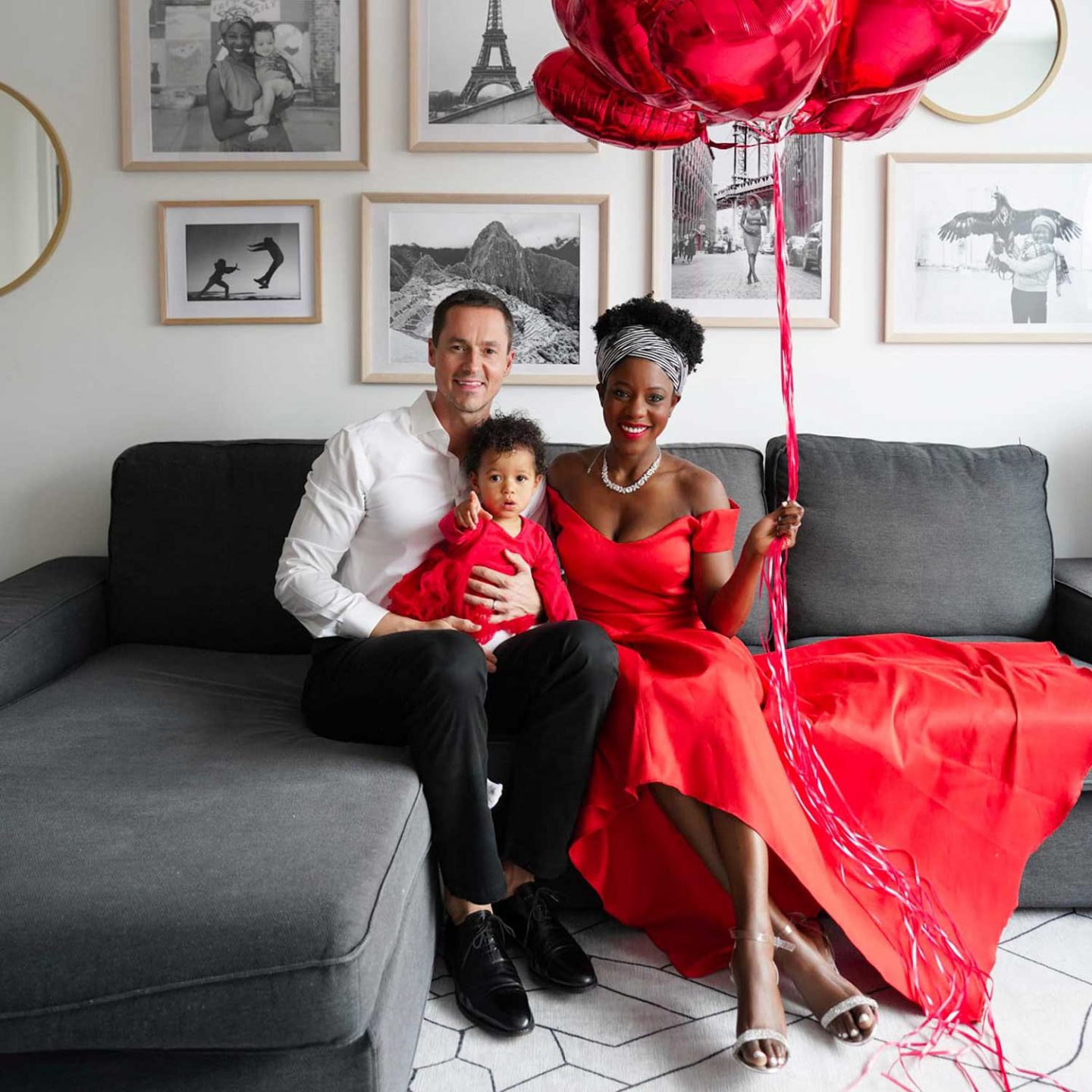
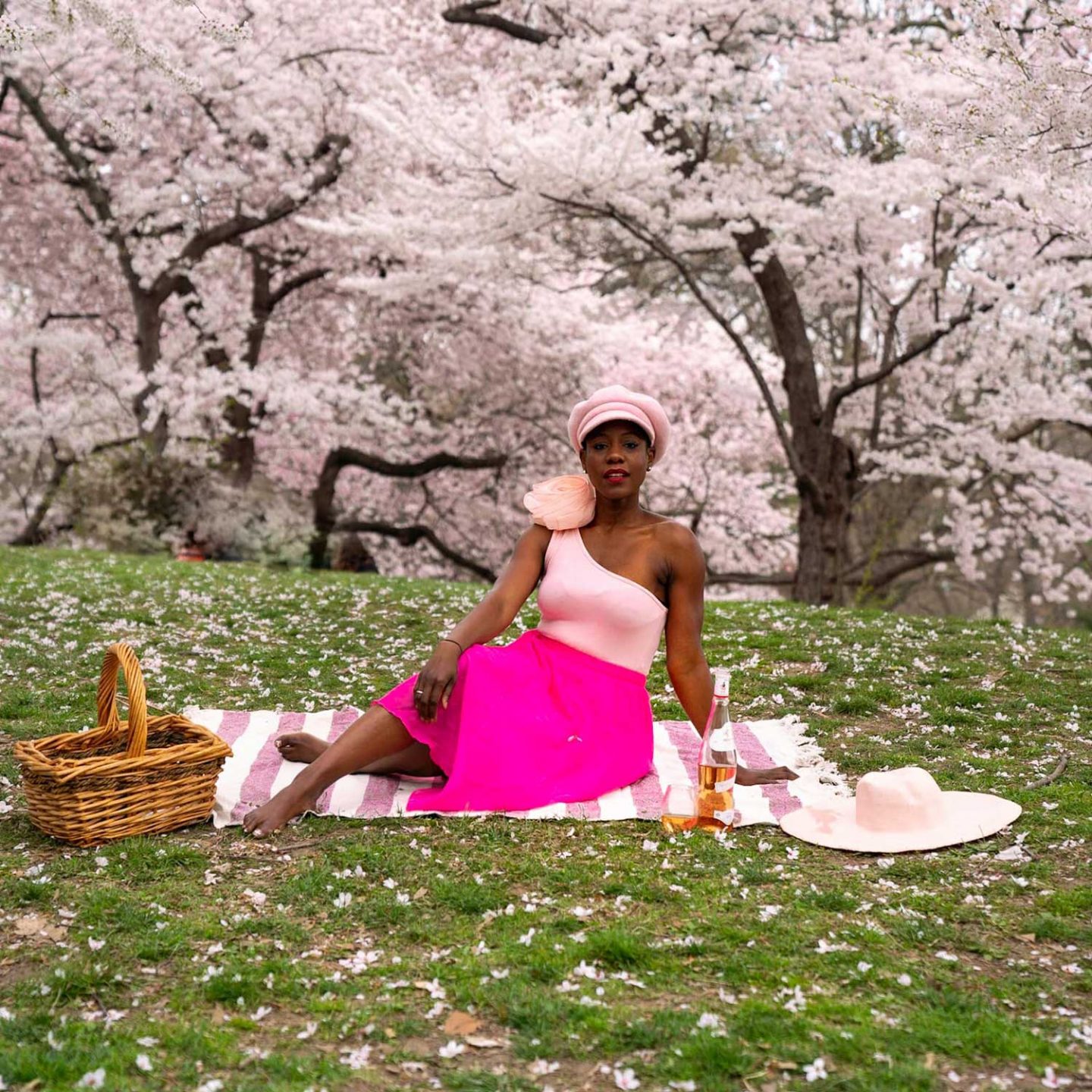
175 Comments
Oh wow! It would be lovely to visit both Myanmar and Tokyo..for some reason, I love Asia and keep coming back for more!!! It would be lovely to explore Asia more! not to forget Hongkong!
Tokyo and Myanmar are awesome, and as you know I adore Hong Kong… Good choices all around!
Interesting post! I also spend 3 days in Yangon and felt that it was slightly too long also. I’m glad I took the circle train loop too. It was a relaxing way to see the countryside and chat with the sweet ladies sitting next to me. I Liked walking around and visiting the pagodas but I wish I had taken one less day in Yangon and spent it in Bagan!
Right on! My friends and I spent four nights in Bagan, and now I’m so wishing I subtracted one day from each city to spend two days at Inle Lake. Next time!
I’ve been wanting to go to Myanmar and this intrigued me even more! It sounds like a unique experience!
I wish I had more time to explore and see more cities! Sadly, it was only a short trip.
Well, I know about the military junta in previously known Burma, and yes, I would absolutely love to travel to Myanmar. You lucky thing!
It was a great trip!
I like these old signs like the one advertising “Modern Dental Surgery”, with the style and the quality of the sign showing that it will be anything but modern. Once I saw something similar in Valletta: http://andreasmoser.wordpress.com/2012/03/31/artistic-and-up-to-date/
It’s an oxymoron for sure!
I am not saying good in which you are taking your information and facts, even so superior subject matter. We would need to spend time figuring out more or even knowing more. Thank you for outstanding information and facts I’m hunting for this data for my mission.
Like Thailand, Almost everything comes cheap in Myanmar, people are friendly definitely a must visit for people who loves to travel.
Spent four days there and loved it! I plan to go back and see other parts of the country. The people were friendly and I enjoyed walking around. Well worth a trip!
What took you to Yangon? Business?
Hi Oneika! I stayed in Yangon for 3 days in April of this year. I enjoyed visiting Shwedagon Pagoda and taking the Circle Loop Train but the relentless heat kept me from enjoying this city. You mentioned the traffic including motorbikes but an interesting fact is that motorbikes are actually forbidden in Yangon. The explanation that was given to us was that a high-ranking official was hit by one a few years back so the solution (punishment?) was to remove all motorbikes from the streets of Yangon. I thought it was strange not to see any motorbikes in such a sprawling city in Asia but there you go! 🙂
Incredible! This blog looks just like my old one!
It’s on a entirely different topic but it has pretty much the same layout and design.
Great choice of colors!
Excellent, what a blog it is! This webpage provides valuable information to us, keep it up.
After looking at a few of the blog posts on your web page, I really appreciate your way of writing a blog.
I bookmarked it to my bookmark webpage list and will be checking back soon. Take a look
at my website too and let me know your opinion.
Hola! I’ve been following your website for some time now and
finally got the courage to go ahead and give you a shout out from Humble Texas!
Just wanted to mention keep up the great work!
I quite like reading through an article that will make men and women think.
Also, thank you for allowing for me to comment!
Sweet blog! I found it while surfing around on Yahoo News.
Do you have any tips on how to get listed in Yahoo News?
I’ve been trying for a while but I never seem to get there!
Thank you
Wonderful views on that!
I’ve been exploring for a bit for any high-quality articles or blog posts on this sort
of area . Exploring in Yahoo I finally stumbled upon this website.
Studying this info So i’m glad to exhibit that I’ve an incredibly excellent uncanny feeling
I discovered just what I needed. I so much certainly will make sure
to don?t forget this web site and give it a glance regularly.
That’s very good point
Wow, this article is fastidious, my younger sister is analyzing these things,
so I am going to tell her.
That’s an awesome point
If some one desires expert view concerning blogging after that i advise him/her to visit this blog, Keep up the pleasant job.
I didn’t know that.
That’s an awesome point
Hi, I wish for to subscribe for this website to get hottest updates, therefore where can i
do it please help out.
Someone essentially help to make seriously posts I would state. This is the very first time I frequented your website page and thus far? I surprised with the research you made to create this particular publish extraordinary. Great job!
I’d like to thank you for the efforts you’ve put in writing this
blog. I am hoping to check out the same high-grade content by you later on as well.
In fact, your creative writing abilities has encouraged me to get
my own site now 😉
ivermectin rosacea reddit ivermectin paste for horses
This is a great tip especially to those new to the blogosphere.Brief but very precise information… Thanks for sharing this one.A must read post!
Only a „lottery” was authorized by the state Lottery Act.
Hey! I just wanted to ask if you ever have any troublewith hackers? My last blog (wordpress) was hacked and I ended up losing manymonths of hard work due to no backup. Do you have any methods to prevent hackers?
Awesome article.Really thank you! Cool.
Thanks for the blog.Much thanks again. Really Cool.
Pretty nice post. I just stumbled upon your blog and wanted to mention that I’ve truly loved browsingyour blog posts. After all I’ll be subscribing on your feed and I’m hoping youwrite once more soon!
hydroclorquin tendances du coronavirus – france hydroxychlor tab
When some one searches for his essential thing, so he/she wishes to be available that in detail, therefore that thing is maintained overhere.
Hi! I simply would like to offer you a big thumbs up for your great info you have got here on this post.I will be coming back to your blog for more soon.
wow, awesome article.Much thanks again. Awesome.
online ed pills: canadian pharmacy online – over the counter ed medication
I do not even know how I ended up here, but I thought this post was great.I don’t know who you are but definitely you are going to a famous blogger if you aren’talready Cheers!
I’ll immediately take hold of your rss as I can not to find your e-mail subscription link or newsletter service. Do you have any? Kindly let me understand in order that I may just subscribe. Thanks.
Very informative article post.Really looking forward to read more. Keep writing.
Have you ever considered publishing an ebook or guest authoring on other sites?
I have a blog based upon on the same information you discuss
and would love to have you share some stories/information.
I know my subscribers would appreciate your work.
If you are even remotely interested, feel free to shoot me an e-mail.
I lately came across your blog and have been studying along. I believed I would leave my initial remark. I don???ê?èt know what to say except that I have relished reading. Pleasant blog. I will maintain visiting this blog extremely typically.
By dеfault, it starts within the Wizzaгd mode.
Major thanks for the article. Really Great.
wow, awesome article.Really thank you! Really Great.
I appreciate you sharing this blog.Thanks Again. Will read on…
I cannot thank you enough for the article.Really looking forward to read more.
Major thankies for the blog post.Really looking forward to read more. Want more.
You have brought up a very great points, thank you forthe post.my blog hatched seeds
Hello, you used to write wonderful, but the last several posts have been kinda boring?K I miss your great writings. Past several posts are just a bit out of track! come on!
Thanks again for the blog post.Really looking forward to read more. Will read on…
where to get ivermectin stromectol online canada ivermectin news
I really like your writing style, wonderful information, thank you for putting up :D. «Inquiry is fatal to certainty.» by Will Durant.
Major thankies for the blog.Thanks Again. Really Great.
Remarkable issues here. I’m very glad to peer yourpost. Thanks so much and I’m having a look forward to contactyou. Will you please drop me a mail?
Very descriptive blog, I liked that bit. Will therebe a part 2?
Thanks for any other informative blog. Where else may just I am getting that kind of info written in such an ideal way? I have a challenge that I am simply now working on, and I’ve been at the glance out for such info.
Article writing is also a excitement, if you be familiar with after that you can write otherwiseit is complicated to write.
I truly appreciate this post. Ive been looking all over for this! Thank goodness I found it on Bing. You have made my day! Thank you again
I have read so many articles on the topic of the blogger lovers but this piece of writing is genuinely a goodpost, keep it up.
I am so grateful for your post.Much thanks again. Keep writing.
I am not certain the place you are getting your info,but great topic. I needs to spend a while finding out more or working out more.Thanks for excellent information I was searching for this information for mymission.
Very informative article post.Thanks Again. Much obliged.
Everyone loves what you guys tend to be up too. Suchclever work and reporting! Keep up the fantastic works guys I’ve added you guys to my blogroll.
Aw, this was an extremely good post. Spending some time andactual effort to make a really good article? but what can I say?I procrastinate dangers of a protein diet lot and don’t manage to get nearly anything done.
This is one awesome blog article.Really thank you! Really Cool.
I delight in Anything you men usually are up as well. This sort of intelligent get the job done and coverage! Keep up the excellent functions men I’ve included you guys to my blogroll.
Im obliged for the blog.Much thanks again. Really Cool.
Thank you ever so for you article.Really looking forward to read more. Will read on…
This is one awesome blog.Really looking forward to read more. Want more.
Im thankful for the blog article. Really Cool.
Thanks a lot for the article post.Thanks Again. Great.
I truly appreciate this blog post.Really thank you! Awesome.
ivermectin oral ivermectin australia – ivermectin tablets uk
I truly appreciate this article.Really thank you! Great.
I blog often and I seriously thank you for your content. This article has really peaked my interest. I’m going to take a note of your blog and keep checking for new details about once a week. I opted in for your RSS feed too.
impotence treatment canada pharmacy coupon – international online pharmacy
Hey, thanks for the blog.Really thank you! Keep writing.
Thanks , I’ve recently been searching for information about this subject forages and yours is the best I have found outso far. However, what about the bottom line? Are you positive concerning the source?
I used to be suggested this blog by my cousin. I am not surewhether this put up is written by him as nobody else recognize such certain approximately my difficulty.You are incredible! Thanks!
Display Screen ProtectorFashion Powder Coatings for Heat Sensitive Substratesブランドバッグコピー
You could definitely see your enthusiasm in the work you write. The world hopes for more passionate writers like you who aren’t afraid to say how they believe. Always go after your heart.
azithromycin is making me sick – azithromycin over the counter usa zithromax for bv
I really liked your blog post. Want more.
Itís hard to find well-informed people for this topic, but you sound like you know what youíre talking about! Thanks
Awesome article post.Really thank you! Awesome.
What’s Happening i’m new to this, I stumbled upon this I’ve found It absolutely useful and it has helped me out loads. I am hoping to give a contribution & assist other customers like its helped me. Good job.
Very nice post. I just stumbled upon your blog and wished to say that I have really enjoyed browsing your blog posts.After all I’ll be subscribing to your feedand I hope you write again soon!
A round of applause for your article post.Much thanks again.
Thanks , I have just been searching for information about this topic fora while and yours is the greatest I have found out tillnow. But, what concerning the bottom line? Are you certain about the supply?
I’m not sure where you are getting your information, but good topic. I needs to spend some time learning much more or understanding more. Thanks for excellent information I was looking for this info for my mission.
Thanks for finally writing about > New institutional portal GrupoFAN – Grupo FAN
Thanks for sharing, this is a fantastic blog post.
Really no matter if someone doesn’t be aware of afterward its up to other visitors that they will help, so here it happens.
I value the blog post.Much thanks again. Much obliged.
generic biaxin: generic cleocinchloromycetin tablets
This is one awesome article post.Really thank you! Really Cool.Loading…
generic provigil — provigil settlement provigil schedule
Major thankies for the post.Really thank you! Really Great.
When I initially commented I clicked the “Notify me when new comments are added” checkbox and now each time a comment is added I get three emails with the same comment. Is there any way you can remove me from that service? Bless you!
Thanks for sharing your info. I truly appreciate your efforts andI am waiting for your next write ups thank youonce again.
Hey, thanks for the blog post.Really thank you! Cool.
Xenoblade X is the best Xenoblade gameOcarina of Time is hot garbageHeart gold and Soulsilver are overrated and the dex cut is the best thing to happen to the series …
It’s actually a nice and useful piece of information. I am happy that youshared this helpful information with us. Please stay us informed like this.Thanks for sharing.
Really informative post.Much thanks again. Will read on…
check my reference says:I am continually browsing online for posts that can aid me. Thx!Reply 04/28/2020 at 8:54 pm
Awesome post.Really thank you!
Thanks for the post. Keep writing.
Muchos Gracias for your blog.Thanks Again.
Awesome blog. Much obliged.
Thanks for sharing, this is a fantastic blog post.Thanks Again. Really Cool.
I really liked your post.Really thank you! Cool.
Really informative article.Really thank you! Will read on…
I posted one more comment to your blog, but you didnt approve that. I still keep check your blog anyways..
mách bạn cách trang Ēiểm cô dâu Ēẹp tự nhiên cực Ēơn giản
I started creating templates, but I don’t know how to make demos in my Joomla website, for my visitors to test them..
It’s actually a great and helpful piece of info. I’m glad that you shared this useful information with us. Please keep us up to date like this. Thanks for sharing.
Great article post.Really thank you! Awesome.
When I originally commented I clicked the “Notify me when new comments are added”checkbox and now each time a comment is added I get three emails with the same comment.Is there any way you can remove me from that service? Bless you!
I really liked your article post.Much thanks again. Really Great.
I really like what you guys tend to be up too.This type of clever work and exposure! Keep up the awesome works guys I’ve incorporated you guys to our blogroll.
hydroxychloroquine prophylaxis clonopine meaning
Fantastic blog post. Really Cool.
It’s really a nice and useful piece of information. I’m glad that you simply sharedthis helpful information with us. Please stay us up to date like this.Thank you for sharing.
Great post.Thanks Again.
Excellent article. I’m experiencing a few of these issues as well..
I am so grateful for your blog. Fantastic.
Post writing is also a excitement, if you be familiar withafter that you can write or else it is difficult to write.
I take pleasure in, lead to I found exactly what I used to be having alook for. You have ended my four day long hunt! God Blessyou man. Have a great day. Bye
Thanks for sharing your thoughts. I truly appreciateyour efforts and I will be waiting for your further post thank you once again.
This makes Android very different from Apple’s iOS, macOS, and Microsoft’s Windows, which are all closed-source platforms.
Really informative blog post.Thanks Again. Really Great.
Wow! This could be one particular of the most useful blogs We’ve ever arrive across on this subject. Basically Magnificent. I am also an expert in this topic therefore I can understand your effort.
Great blog article. Great.
What a data of un-ambiguity and preserveness of precious familiarity on thetopic of unpredicted feelings.
Does anybody know if I can purchase JUSTKRATOM Trainwreck Kratom Capsules (justkratomstore.com) from Elegant Vapour, 2-10 Market Lane, Hanley, ST11LA?
A big thank you for your article.Much thanks again. Really Cool.
This paragraph provides clear idea for the new viewers ofblogging, that genuinely how to do blogging.
Really appreciate you sharing this blog. Much obliged.
Some truly superb information, Gladiolus I detected this. “The true republic men, their rights and nothing more women, their rights and nothing less.” by Franklin P. Adams.
I blog often and I genuinely thank you for your information. Your article has really peaked my interest. I am going to bookmark your blog and keep checking for new details about once a week. I opted in for your Feed too.
Thanks for the marvelous posting! I really enjoyed reading it, you
can be a great author.I will be sure to bookmark your blog and will eventually come back down the road.
I want to encourage you continue your great posts, have
a nice day!
For the reason that the admin of this web page is working,
no hesitation very shortly it will be well-known,
due to its quality contents.
My family members always say that I am wasting my time here at net, however I know I am getting knowledge allthe time by reading such nice posts.
Hello! I’m at work surfing around your blog from my new apple iphone! Just wanted to say I love reading your blog and look forward to all your posts! Keep up the fantastic work!
I am not sure where you’re getting your information,
but great topic. I needs to spend some time learning more or understanding more.
Thanks for wonderful information I was looking for this info for my
mission.
I’ve learn a few just right stuff here. Certainly value
bookmarking for revisiting. I surprise how so much
effort you set to make one of these great informative site.
I know this if off topic but I’m looking into starting my own weblog
and was curious what all is needed to get setup? I’m assuming having a blog like yours would cost a
pretty penny? I’m not very internet smart so I’m not 100% sure.
Any tips or advice would be greatly appreciated. Kudos
what causes erectile dysfunction – ed meds roman ed pills
proofreading and editing servicesessay editing service
A motivating discussion is worth comment. I believe that you should publish more on this subject matter, it may not be a taboo matter but usually folks don’t speak about these issues. To the next! Cheers!!
Thanks , I have just been searching for information about this subject for ages and yours is the best I have discovered till now. But, what about the conclusion? Are you sure about the source?
I really like what you guys tend to be up too. This sort of clever work and exposure!Keep up the great works guys I’ve included you guys to blogroll.
There is definately a lot to know about this issue. I like all of the points you’ve made.
It’s going to be ending of mine day, however before end I am reading this great post to increase my knowledge.
And as quickly as again, we find ourselves with a bounty of nice work earlier than we’ve even hit the autumn season. Eternalsmovie
Im thankful for the article.Much thanks again. Cool.
What’s Going down i am new to this, I stumbled upon this Ihave discovered It absolutely helpful and it has aided me outloads. I am hoping to give a contribution & help other users like its helped me.Good job.
I do trust all the concepts you’ve offered in your post.They are very convincing and will certainly work. Still, the postsare very quick for newbies. May just you please prolong them a little from next time?Thanks for the post.
Looking forward to reading more. Great blog post.Really thank you! Awesome.
replica rolex watches usually are solely hand-crafted.
Hey, thanks for the article post. Really Great.
generic dapoxetine pills for salebone prolapsed disk blood
Thanks-a-mundo for the blog.Really looking forward to read more. Really Cool.
Hello There. I found your blog using msn.This is a very well written article. I will make sure to bookmark it and return to read more of your useful info.Thanks for the post. I will definitely comeback.
Oh my goodness! Incredible article dude! Many thanks, However I am having!!!!!!!!
My brother recommended I might like this blog. He was entirely right. This publish truly made my day. You cann’t imagine just how much time I had spent for this information! Thanks!